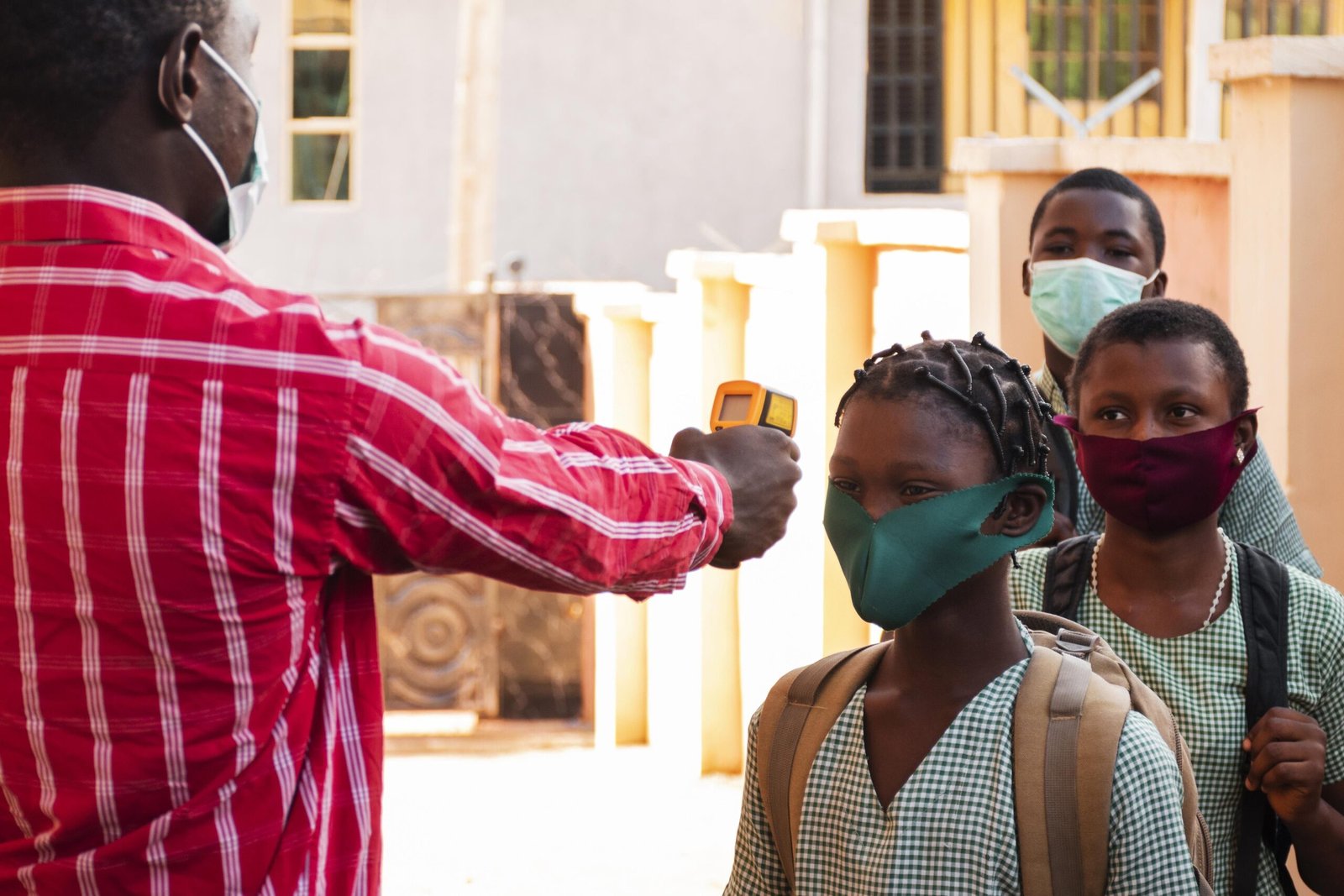
The COVID-19 pandemic has had significant ripple effects on various aspects of life, including housing markets, migration patterns, and economic stability. Consequently, it is necessary to discuss COVID-19 gentrification. Typically, gentrification, a process where affluent individuals move into lower-income neighborhoods, often leading to rising property values and displacement of long-term residents, was accelerated in New York City during the pandemic. This phenomenon not only transformed parts of New York but also had far-reaching impacts on other regions, notably Florida and Puerto Rico.
Impact of COVID-19 Gentrification on Florida
During the pandemic, many New Yorkers sought to escape the dense urban environment and the accompanying health risks, leading to an exodus to states like Florida. Florida, with its warmer climate, lower taxes, and relatively more relaxed COVID-19 restrictions, became a prime destination for these migrants. This influx of new residents, many of whom were financially well-off, caused significant changes in Florida’s housing market and local economies.
- Housing Market Inflation: The migration of wealthy New Yorkers to Florida led to a surge in demand for real estate, particularly in cities like Miami, Tampa, and Orlando. This increased demand resulted in rapidly rising property values and rents, making housing less affordable for long-term residents. The gentrification of certain Florida neighborhoods became more pronounced as local residents were priced out of their homes, leading to demographic shifts and changes in community dynamics.
- Economic Diversification and Strain: The influx of new residents brought economic benefits, including increased spending in local businesses and a boost to the service and real estate sectors. However, this rapid growth also put a strain on Florida’s infrastructure, including schools, transportation systems, and healthcare facilities. Local governments had to scramble to accommodate the growing population, leading to challenges in maintaining the quality of public services.
- Cultural Shifts: The arrival of many former New Yorkers also led to cultural shifts in certain areas of Florida. With the newcomers came different tastes, preferences, and expectations, which influenced everything from the types of businesses that thrived to the political landscape. Some long-time Floridians felt that their communities were being transformed too quickly, leading to tensions between old and new residents.
Impact of COVID-19 Gentrification on Puerto Rico
Puerto Rico, already facing significant economic challenges prior to the pandemic, also felt the effects of New York’s gentrification. As many Puerto Ricans living in New York returned to the island during the pandemic, driven by economic uncertainty and the desire to be closer to family, they brought with them new demands and expectations that influenced local dynamics.
- Real Estate Pressure: Similar to Florida, Puerto Rico experienced a rise in real estate prices, particularly in desirable areas such as San Juan and coastal regions. Returning Puerto Ricans, often with financial resources accumulated from living in the mainland U.S., sought properties that would allow them to maintain a lifestyle they had grown accustomed to in New York. This influx contributed to gentrification in parts of the island, exacerbating an already challenging housing market for low-income residents.
- Economic Opportunities and Inequality: The return of Puerto Ricans from New York brought a mixed bag of economic opportunities and challenges. While some were able to invest in local businesses or bring new skills and perspectives to the island’s workforce, others found that the local economy could not support their needs, leading to increased inequality. The disparity between those who could afford to live in gentrified areas and those who could not became more pronounced, deepening social divides.
- Cultural Reconnection and Tensions: The pandemic led to a cultural reconnection for many Puerto Ricans who returned to the island, rekindling ties with their heritage and local communities. However, this return also brought about cultural tensions, as those who had lived in New York brought back urban lifestyles and expectations that sometimes clashed with local traditions. This cultural shift has led to both positive exchanges and some friction as communities adjust to these changes.
Conclusion
The gentrification triggered by the COVID-19 pandemic in New York City had a significant impact on regions far beyond its borders, particularly in Florida and Puerto Rico. In Florida, the influx of affluent New Yorkers contributed to housing market inflation, economic strain, and cultural shifts, which have had lasting effects on the state’s communities. In Puerto Rico, the return of New Yorkers has intensified real estate pressures, exacerbated economic inequalities, and led to complex cultural dynamics. As these regions continue to adjust to these changes, the long-term consequences of this pandemic-induced migration and gentrification will likely continue to unfold.
P.S. In case you want an original essay based on the same topic, please order one here.
